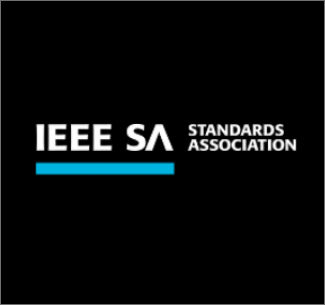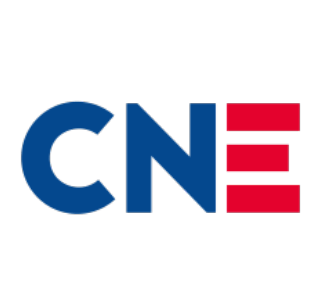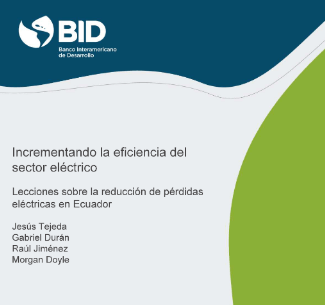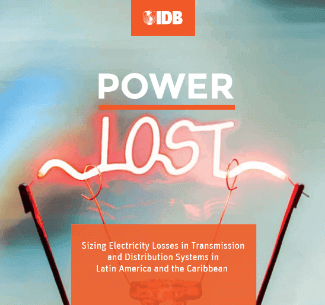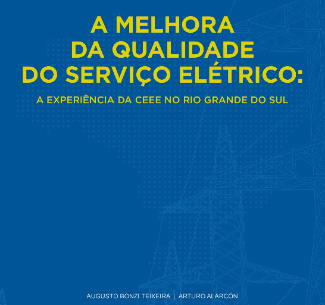Prioritize investments in technology and smart metering technologies. Investments made to deploy technology tools such as Automated Metering Infrastructure (AMI) or Automated Metering Reading (AMR), supervisory control and data acquisition (SCADA), modern business systems, database management, user access authorization, and exception analysis should be prioritized. These investments should be preceded by costbenefit analysis that justifies them and demonstrate their contribution to the loss reduction program. Having a system focused on combating non-technical losses and integrating the information available from the client are important steps for the utility to move towards digital transformation, including introducing business intelligence (BI) with tools and resources to perform BI/analytics to identify consumers or transformers with non-commercial losses.
(i) proper asset management processes, having an annual procedure that avoids the misuse of transformers (with very low or high loads), electrical networks, network sectioning, load balancing and the installation of capacitor banks to reduce technical losses.
(ii) having shielded network and measurement system as the application of shielded measurement box with attached telemetry (multiple meters/clients) that prevents clients from accessing meters with remote disconnection, as well as shielded LV networks. Also includes anti-theft network configurations using twisted cable in secondary network and bi-coaxial cable in the service drop, which are difficult to tap9 ;
(iii) having totalizing measurement in the transformer in pre-selected transformers and feeders. Install a totalizing measurement set to collect monthly readings and determine the energy consumption with the monitored period to determine potential energy loss sites, and
(iv) using GIS/mapping systems as these tools help reduce assumptions for loss calculations, develop more precise engineering models, and have more accurate results when sampling is not possible.

